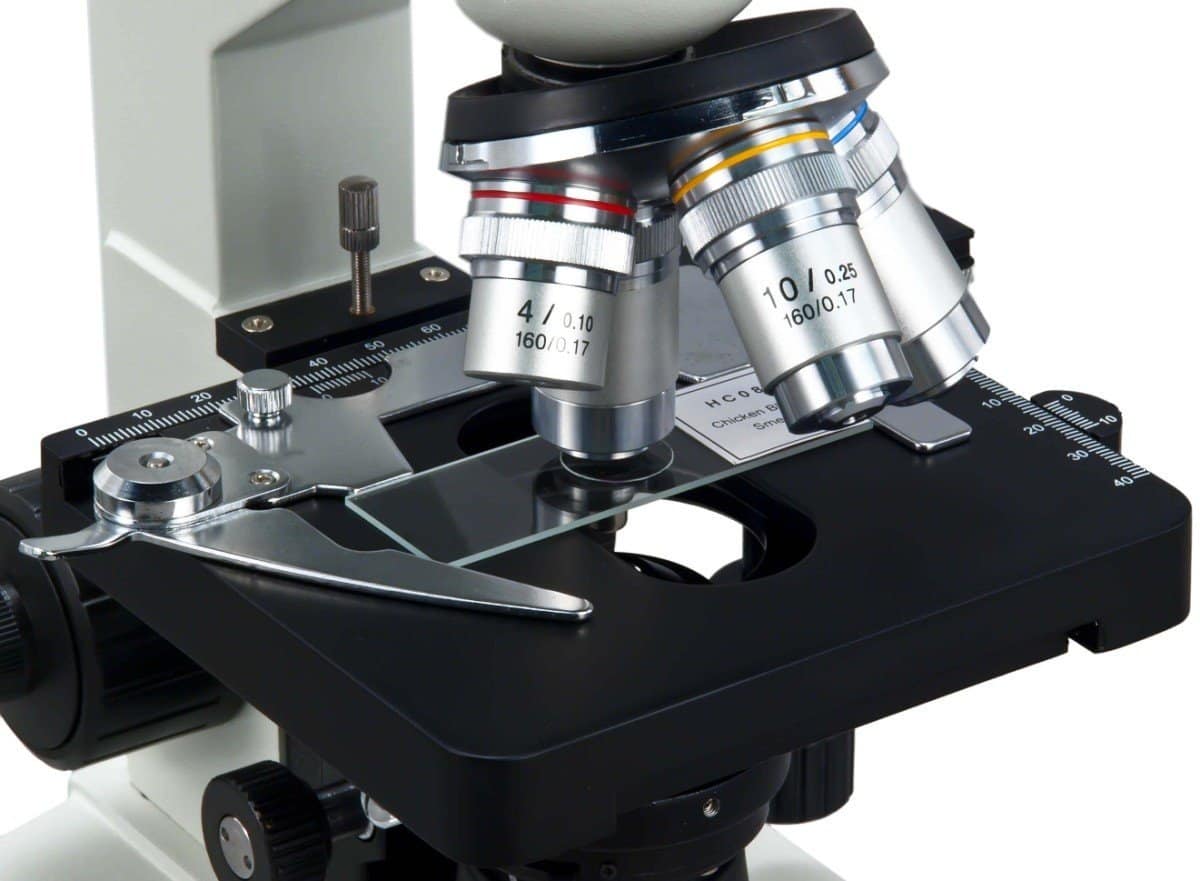What is a Microscope?
A microscope is an instrument designed to view extremely small objects such as viruses, bacteria, fungi, etc which are unlikely to be seen through human eyes. This is mostly used in science and medical studies examine invisible objects with the help of a microscope. There are many types of microscope, including a simple microscope, compound microscope, stereo microscope, fluorescence microscope, and acoustic microscopy. All these types of microscope have different usage, construction, range, and power as well. A microscope consists of different parts such as eyepieces, nose-piece, objective lens, illuminator, coaxial focus, stage clips and power switch ranging in different capacities.
When the first Microscope was introduced?
Conventional lenses use dates back 4000 years back, simple magnifying glasses were used at that time for magnification and its use originates from the 5th century. The first compound microscope, which used an objective lens to view the image, was first introduced in the 16th century. Since then the development of the modern microscope continued to start and has been in the processing of changing over the times.
The best tool for scientists and other researchers
A microscope is an important tool for scientists and researchers; it offers a vast use in biology, medicine, mineralogy, material science, chemistry, and microbiology. The microscope allows users to identify different types of bacteria, their relationship associated with infections and diseases. It helps to look into anatomies of different organisms such as insects, crystals and individual cells. The microscopic magnification allows images to be viewed in two or three-dimensional images. The microscope uses a combination of lenses to magnify images and use light as a source to help with the inspection of different elements.
How actually it gives information?
The microscope basically helps in enlarging images of small objects, allowing scientists to view minute structures for examination and analysis with convenience. Different microscopes use different technology for enlarging images such as x-ray, electron beam and acoustic lights depending on the use and construction of different microscopes. Since the magnifying power of every microscope varies, the object is enlarged into different dimensions and resolutions as well. Various modifications in the microscopes and the use of different applications help to measure the effectiveness of a microscope. Some microscopes have equipped a digital camera with them to allow users to view the image of different results into a laptop or computer by connecting them with the use of USB port and cable.
Limited use
The use of microscopes is just limited to the research, study and biological inspection. It has no use in commercial and other activities. Scientists are working day and night to bring more revolutionary instruments to make microscopes more useful and effective to enable humans to view a large number of objectives and their reactions with different organisms. Microscopes are useful in the identification of bacteria, viruses, and allergens, which pose a serious threat to human life and wellbeing.
If you intend to buy a microscope, you should check all the factors before buying any of the microscopes and make your mind about the type of microscope, you will need.
Recommended Readings
Best Microscope For Viewing Bacteria
Best Microscope For Pathologist
The responses below are not provided, commissioned, reviewed, approved, or otherwise endorsed by any financial entity or advertiser. It is not the advertiser’s responsibility to ensure all posts and/or questions are answered.






